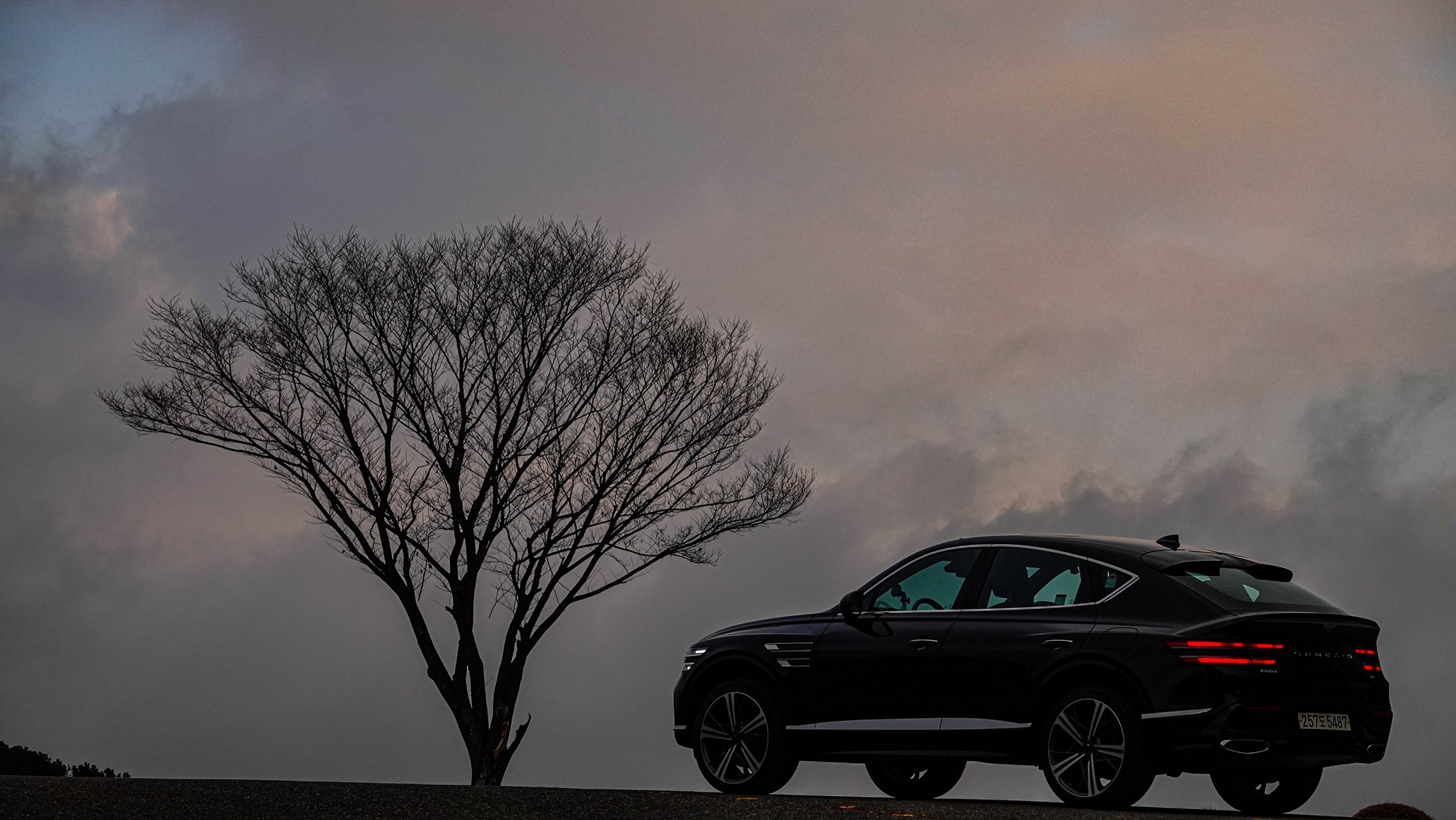
The stunning design adds a hint of premium allure. Genesis continues its evolution with every step forward. The Genesis GV80 has been refreshed with a new coupe model. Today’s partner is the Genesis GV80 Coupe.
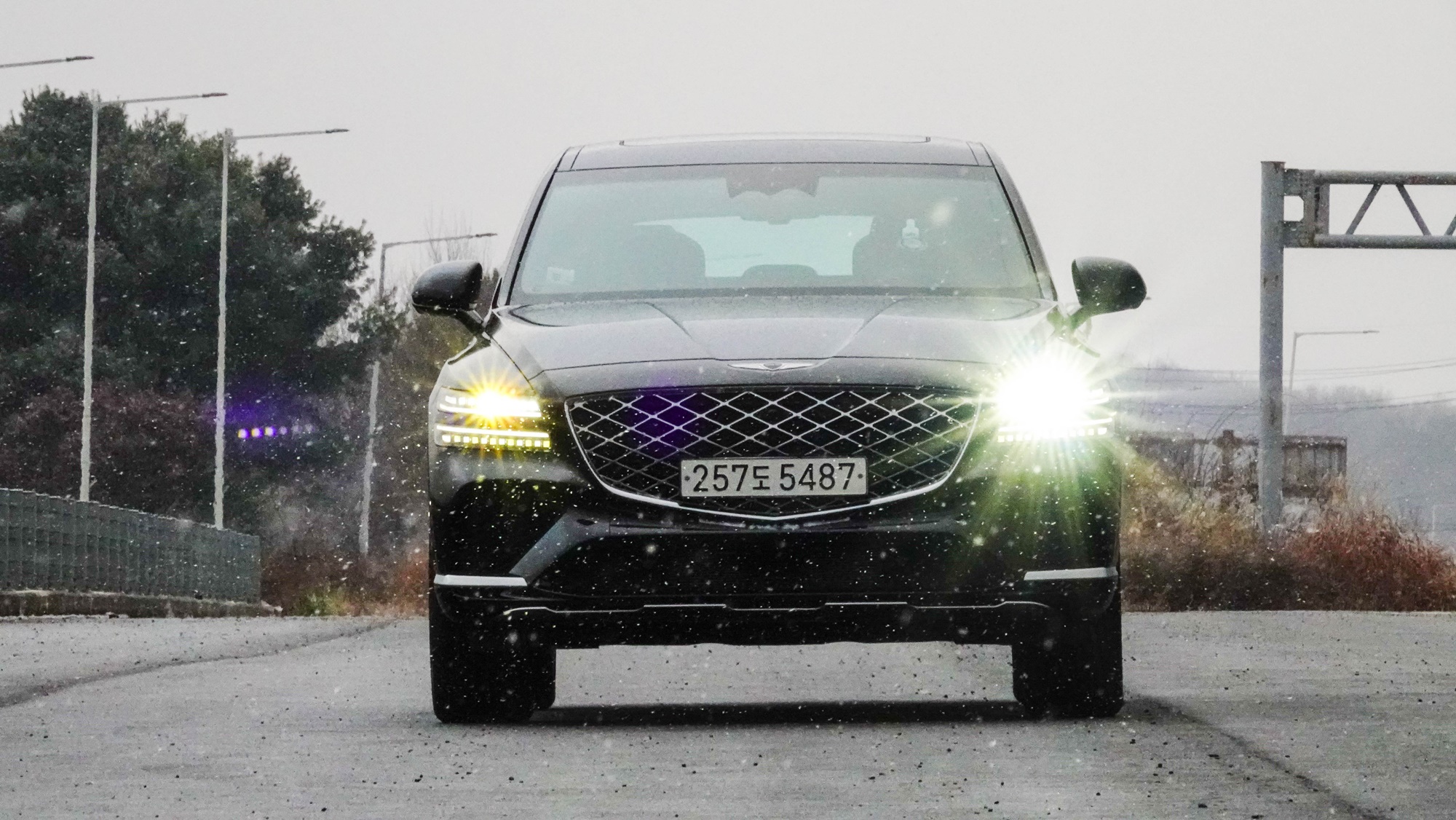
As the first SUV created under the Genesis brand, the GV80 has exceeded cumulative sales of 170,000 units both domestically and internationally since its launch in January 2020. The new model is a facelift presented after about three years and nine months. The concept model was unveiled at the Genesis House in New York last April, and sales have now commenced.
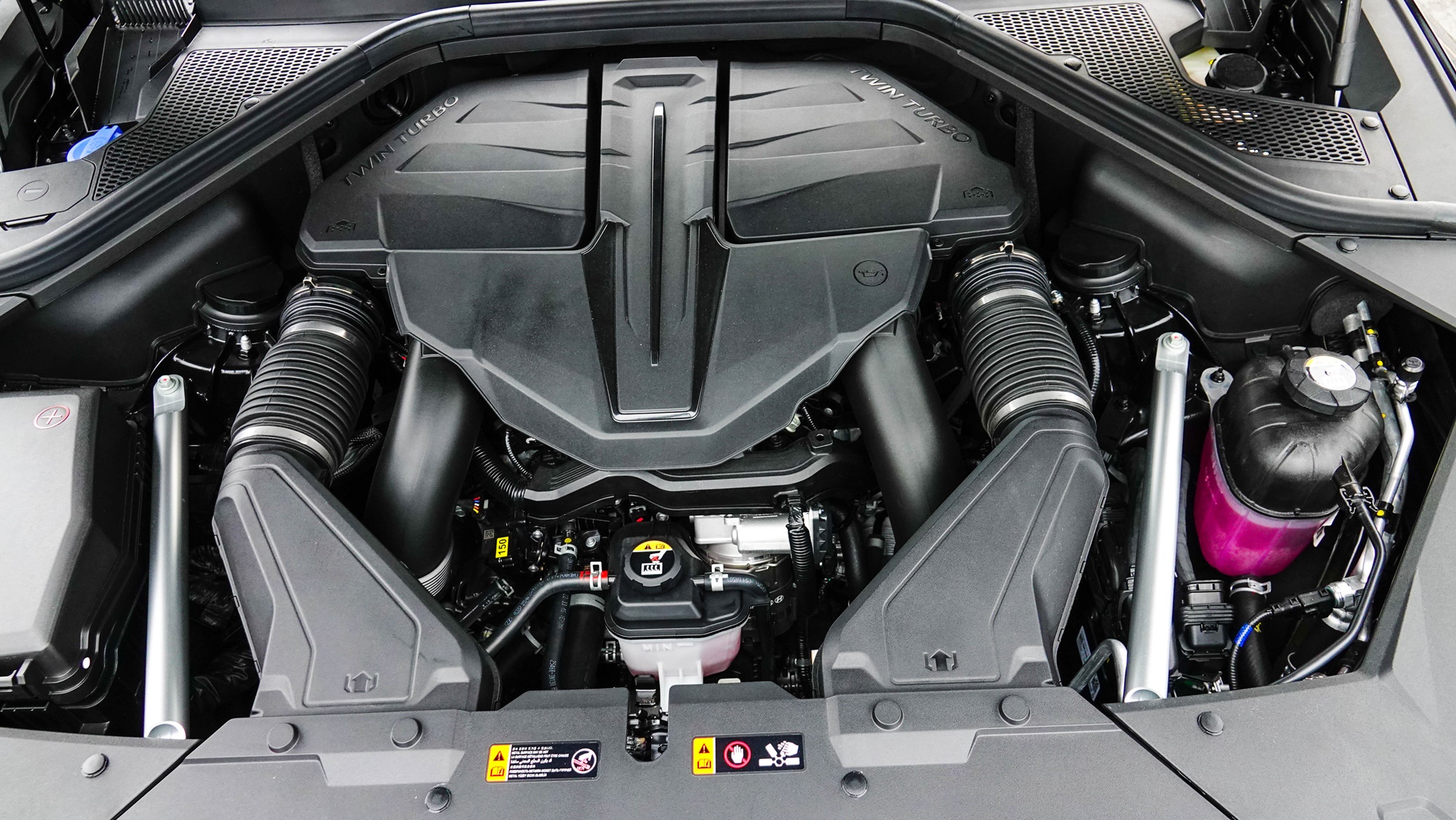
Along with the existing two powertrains—2.5 turbo and 3.5 turbo—a coupe-exclusive 415-horsepower 3.5 turbo 48V electric supercharger has been introduced. The test drive vehicle is the Genesis GV80 Coupe 3.5 Turbo.
The SUV features a coupe roofline that adds to its aesthetic appeal. This design expansion to include a coupe variant significantly broadens consumer choice. Typically, coupes are known for being stylish yet cramped. However, I found that the second-row headroom is surprisingly adequate. It effectively combines high-quality design with spaciousness, avoiding the common pitfalls of other coupes, showcasing a well-executed balance.
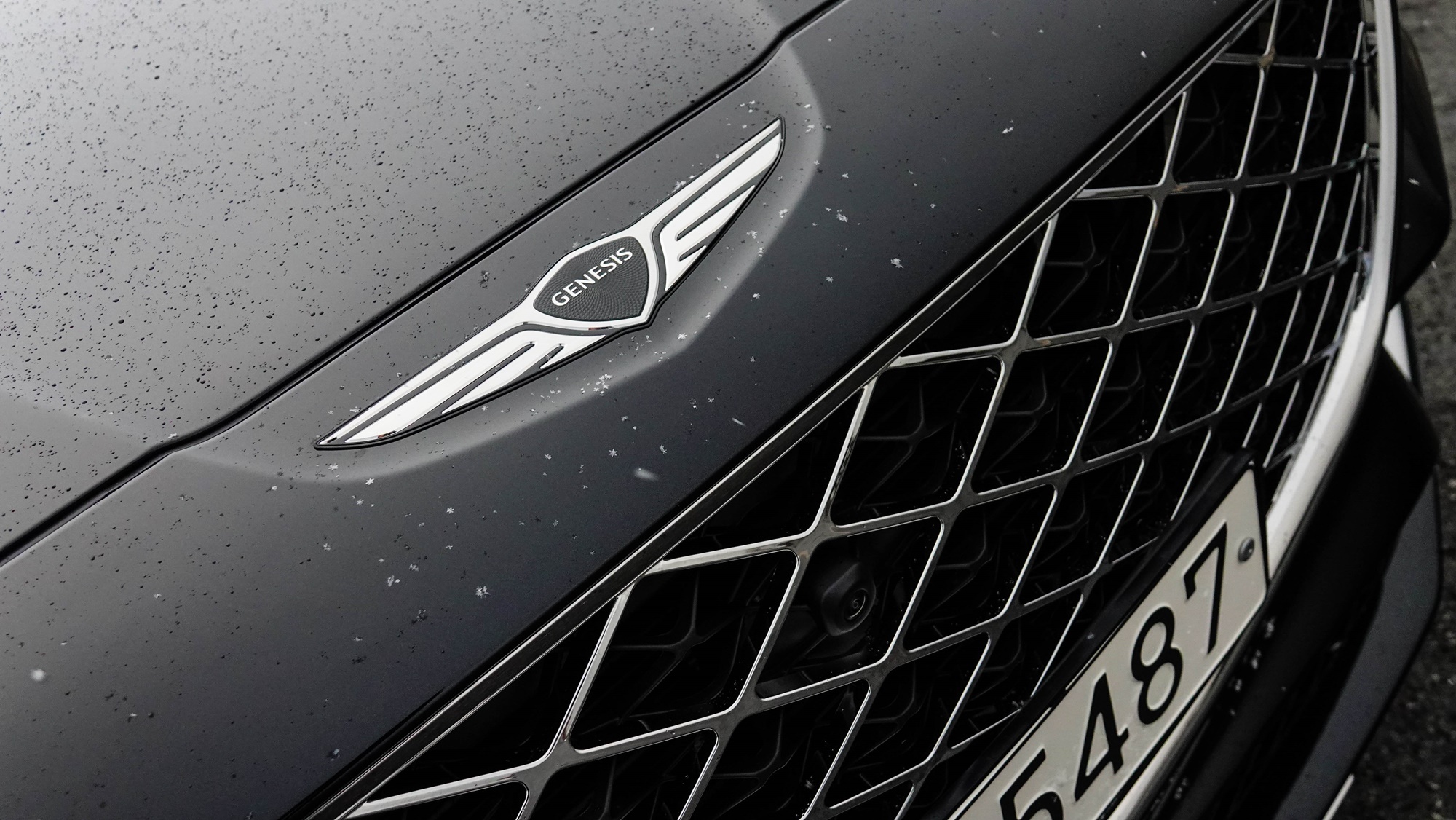
The double-layered G-Matrix pattern grille features two rows of LED lamps arranged in MLA (Micro Lens Array) type. It boasts expanded air intakes and active air flaps. The rear combination lamp adopts a surface light type, providing a warm glow from behind. Both the front and rear end showcase dual-lamp design that emphasizes the brand’s identity. Coupe-exclusive wheels are available in either 20-inch or 22-inch options.
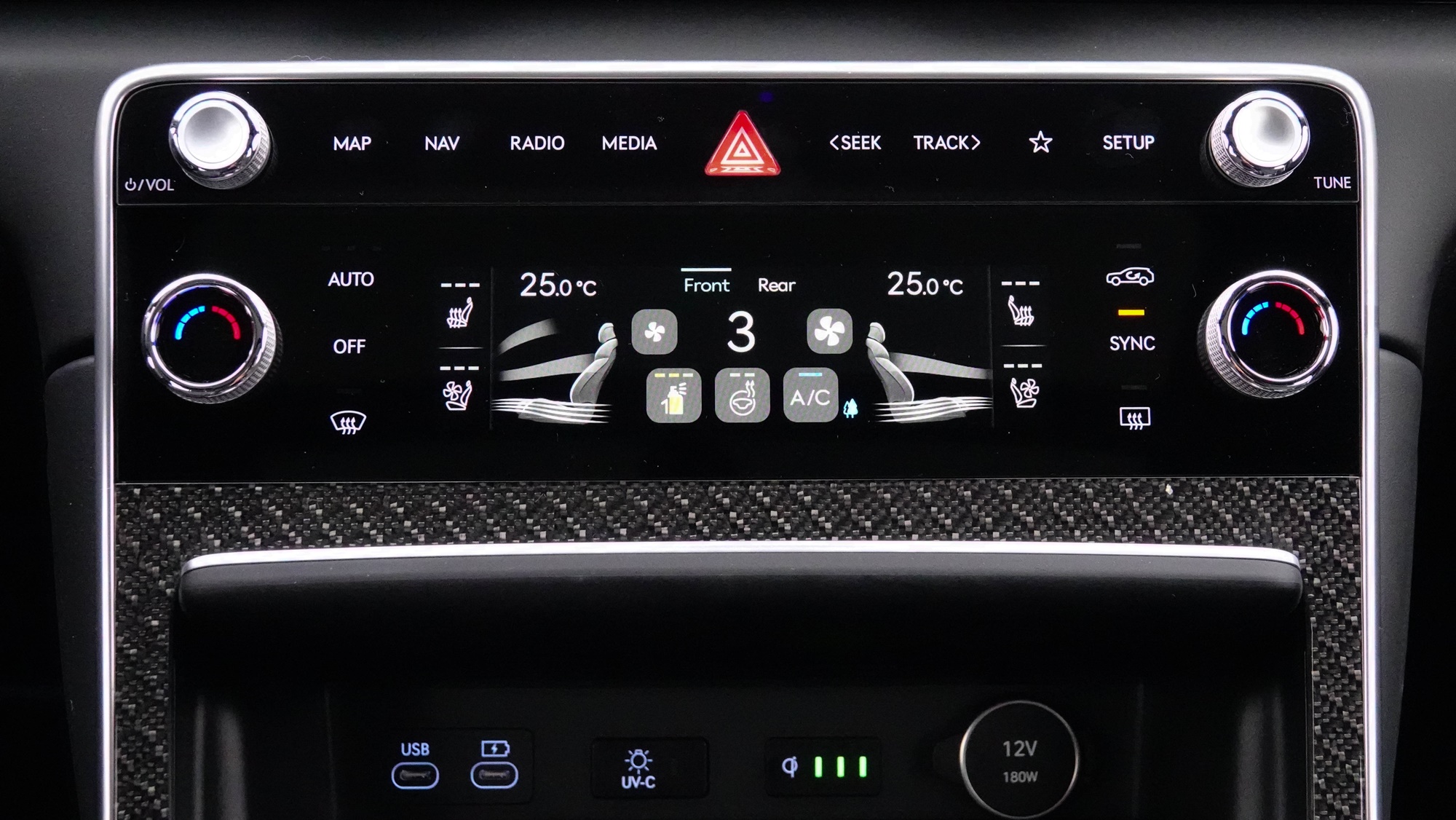
Upon opening the door, a fragrance greets you first. It incorporates two distinct scents, which can be adjusted in three levels using a touch button. The senses of smell are served first, elevating the interior’s sophistication before even sight or touch.
The interior incorporates unique patterns that highlight the coupe’s characteristics. The diamond-patterned seats provide exceptional comfort. The vehicle comes equipped with a 27-inch monitor that seamlessly covers both the dashboard and navigation screen without merely connecting two separate monitors.
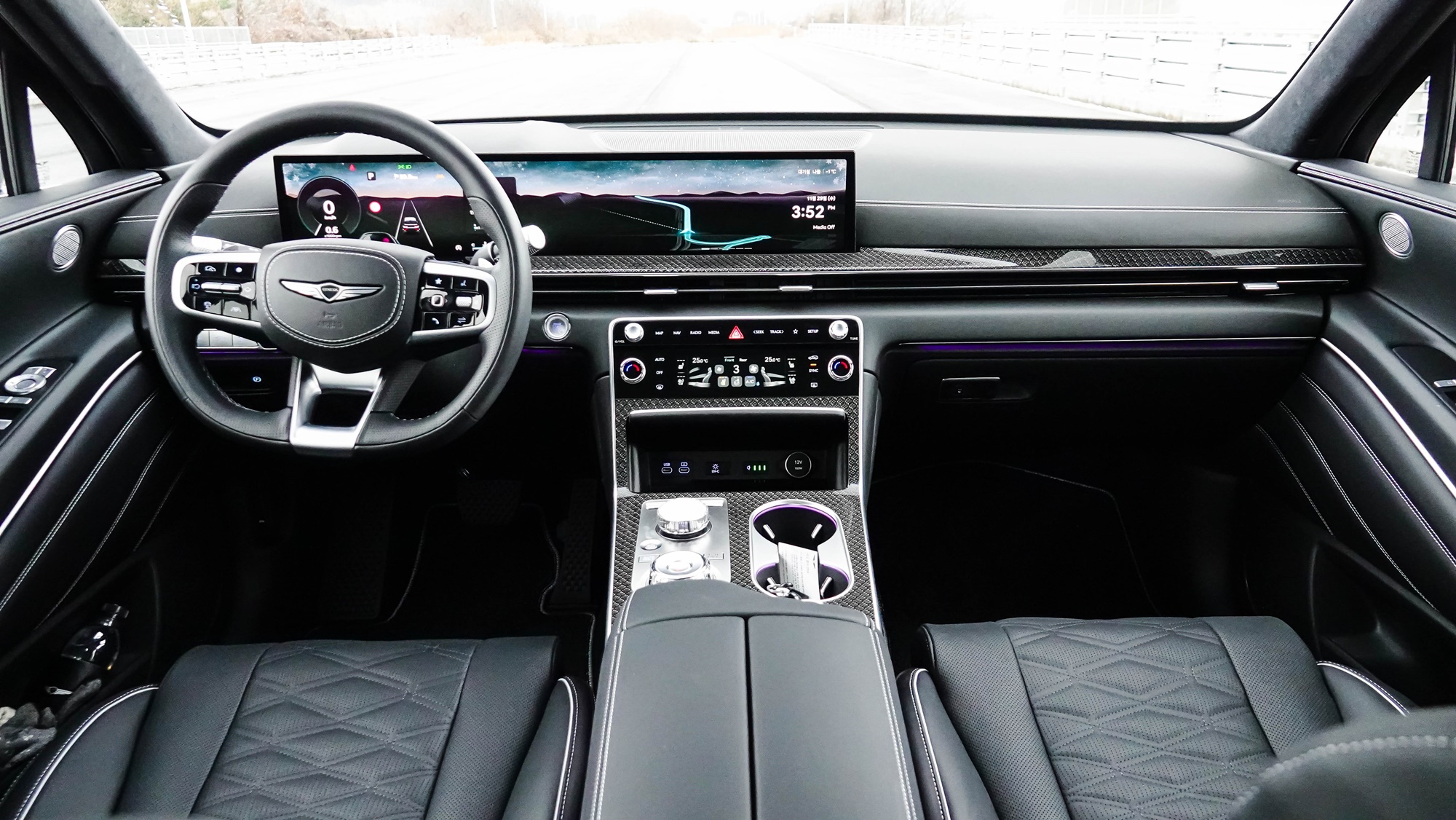
Most functions are operated via touchscreen instead of physical buttons, which respond quickly—on par with high-end smartphones. The voice-command system is also impressive, allowing for effortless dialogue-like interactions when setting destinations and receiving guidance without noticeable delays.
The V6 3.5-liter gasoline turbo engine produces a robust 380 horsepower, coupled with an eight-speed transmission. The maximum torque stands at 54.0 kgm, propelling the vehicle with all-wheel drive. With a curb weight of 2,230kg, this results in a power-to-weight ratio of 5.86kg per horsepower. The GV80 Coupe is anticipated to achieve a 0-100 km/h acceleration time of around 6 seconds.
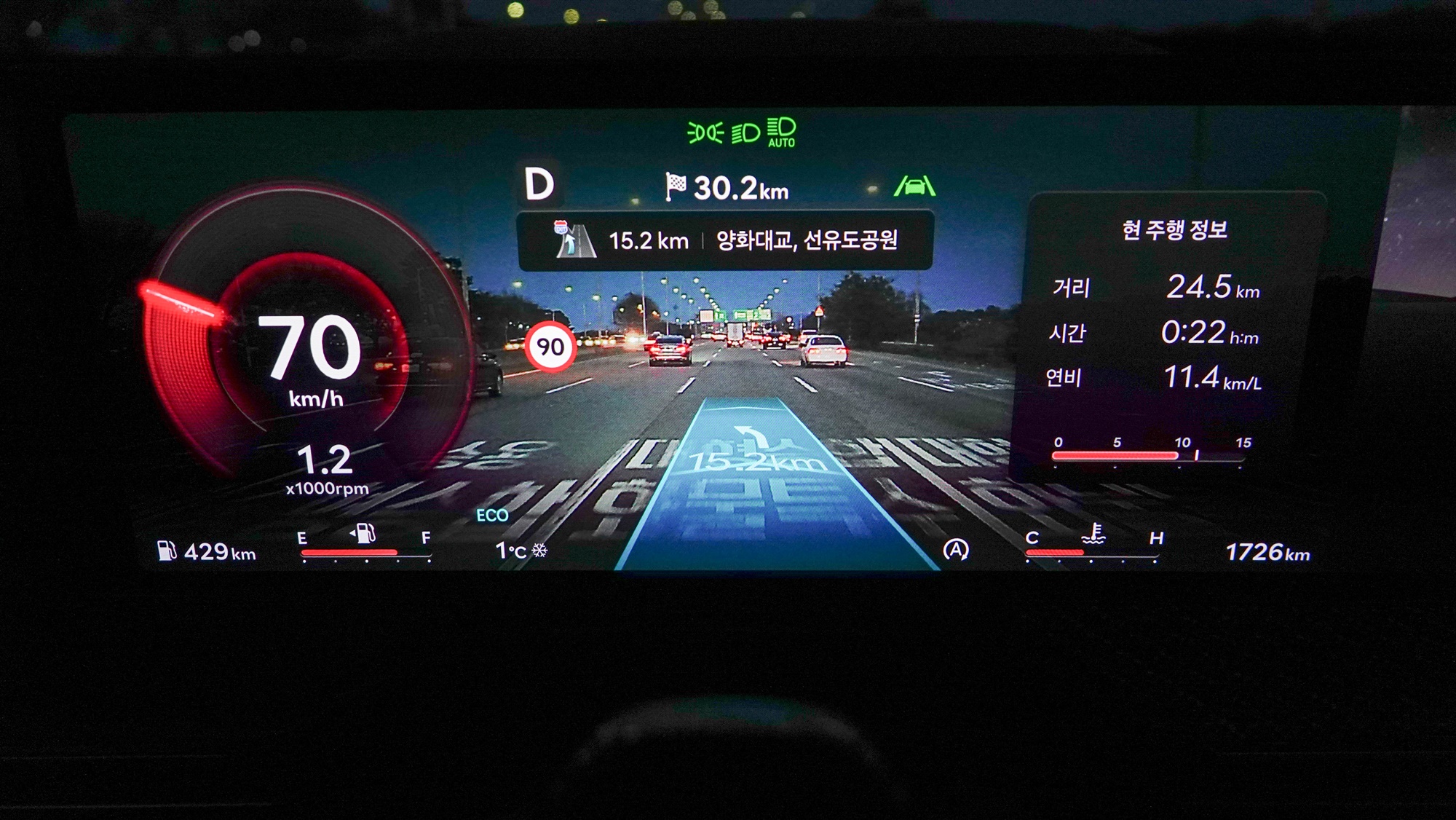
On a snowy afternoon, I hit the highway towards Paju. The 380 horsepower powertrain launches with impressive vigor. However, everyday driving at around 100 km/h proved quiet and composed, courtesy of double-glazed rear windows, sound-absorbing tires, and an upgraded engine mount control unit, demonstrating significant effort in noise and vibration management.
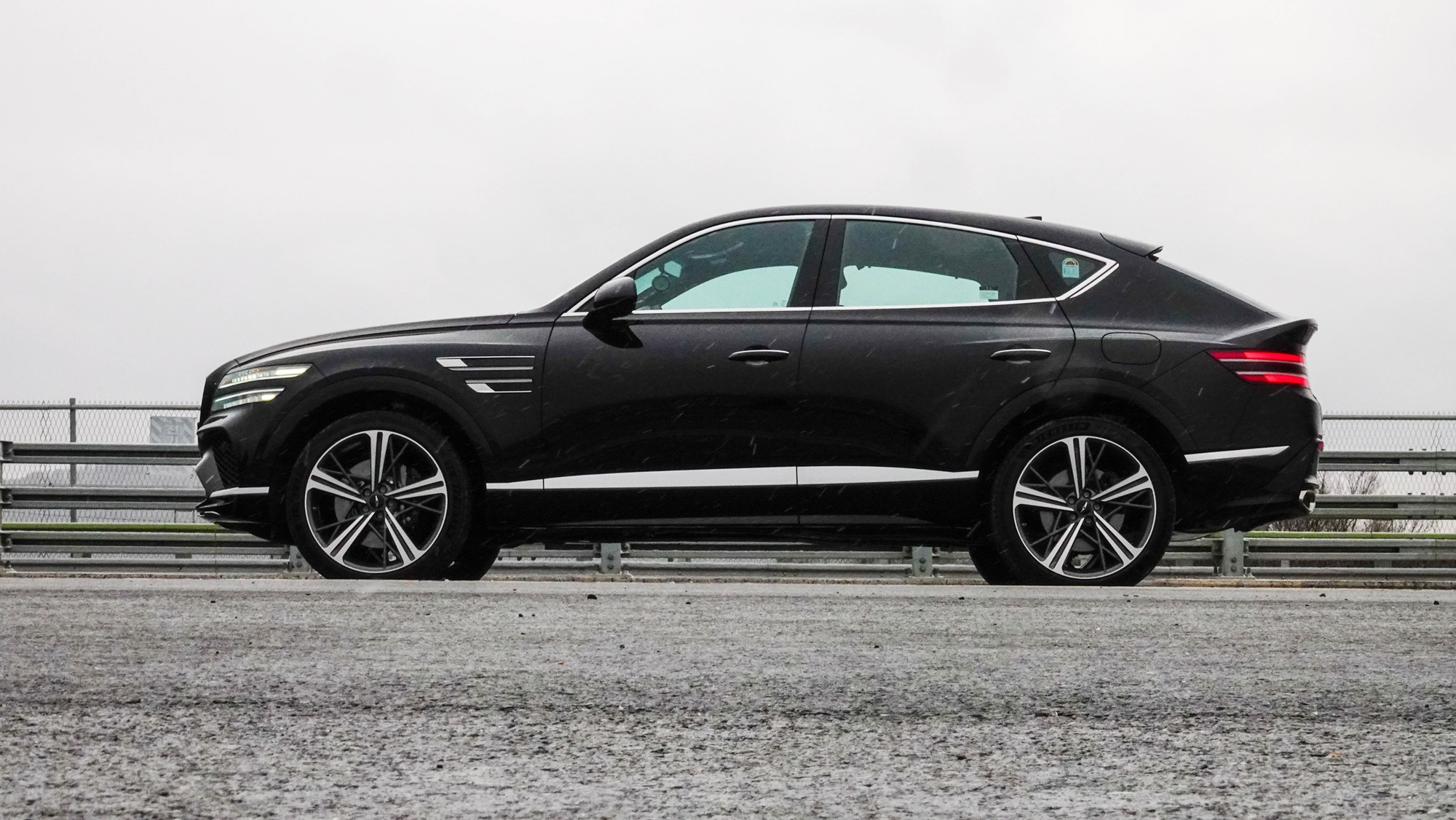
The vehicle handles sound excellently. Within the 100 km/h range, noise is diligently suppressed. As speed increases, active sound enhancement kicks in, delivering a pleasing auditory experience—though somewhat artificial, the sound feels much more natural than before. For those who dislike synthetic sounds, the active sound feature can be disabled to enjoy a more authentic engine note.
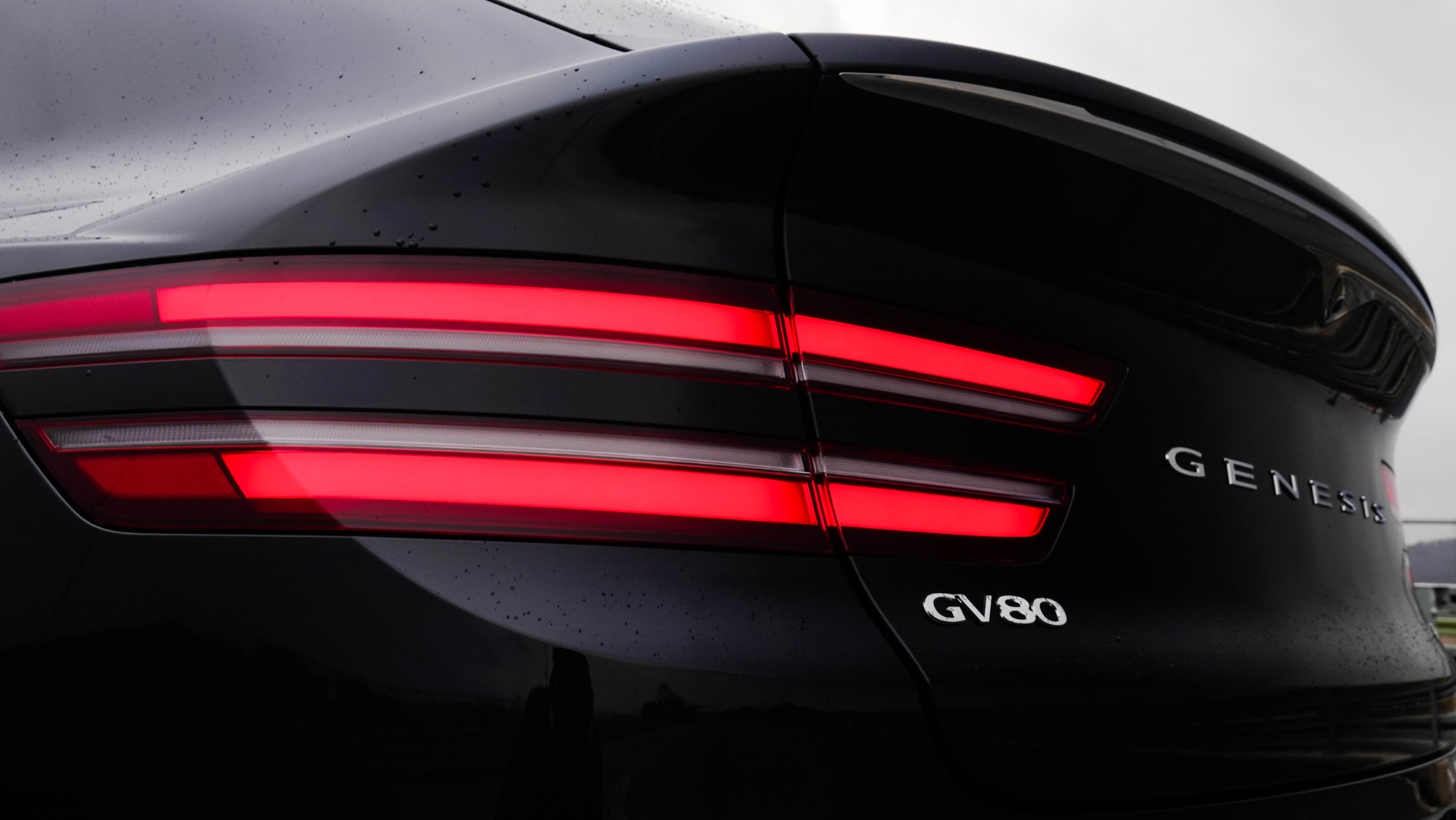
The active sound feature shines during high-speed driving by drowning out increasing wind noise. When off, engine and wind sounds blend together, but when active sound is switched on, wind noise is significantly reduced. It is recommended to keep the active sound feature engaged while driving at high speeds.
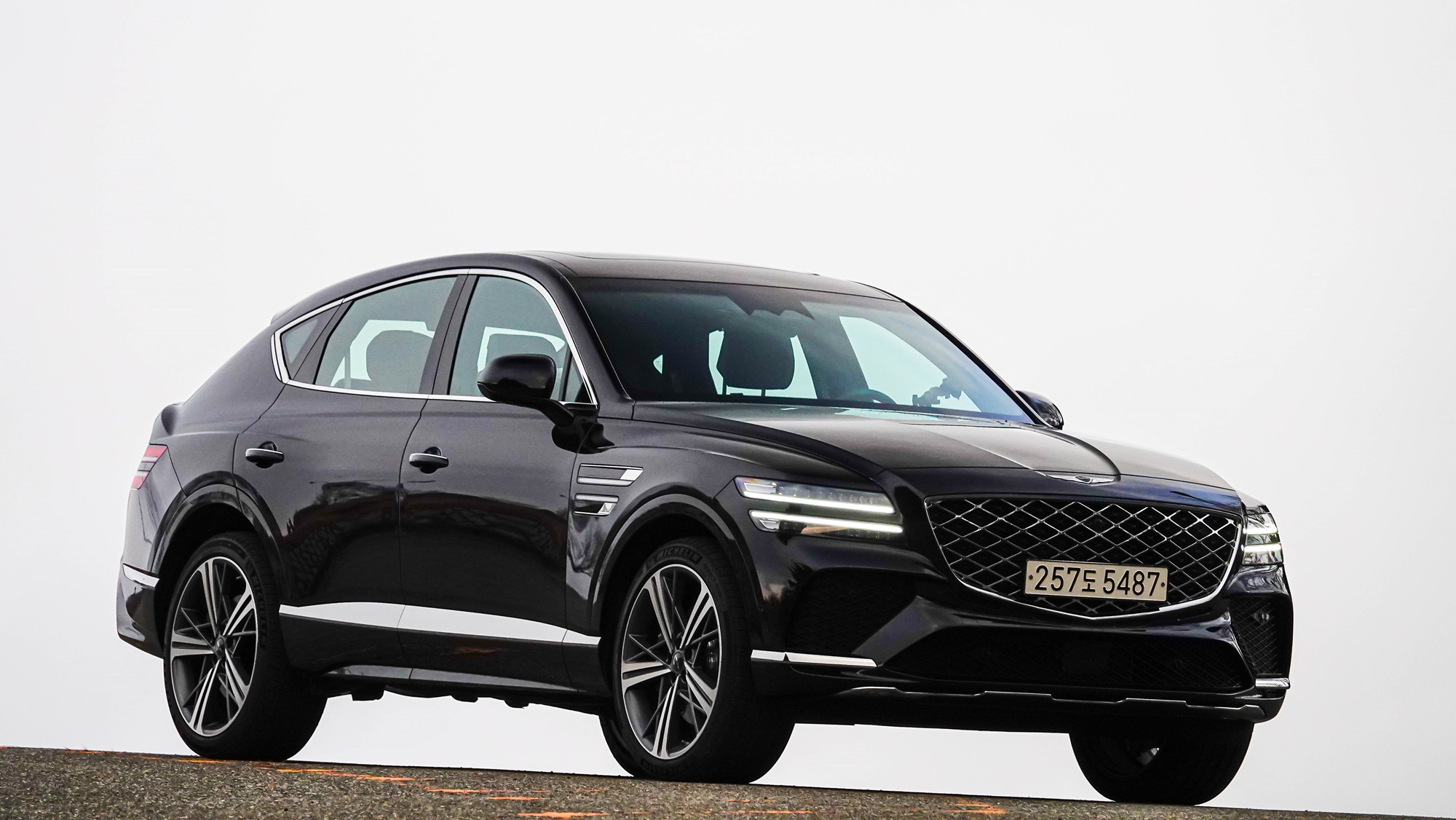
Sturdy yet supple—that aptly describes the suspension. While it may seem contradictory, the Genesis proves that such a balance is feasible in vehicles. It smoothly navigates while remaining firm in reaction to road impacts or when traversing bumps. This is further enhanced by the preview electronic control suspension, which adapts to road conditions detected by cameras and GPS to tune the suspension’s characteristics accordingly.
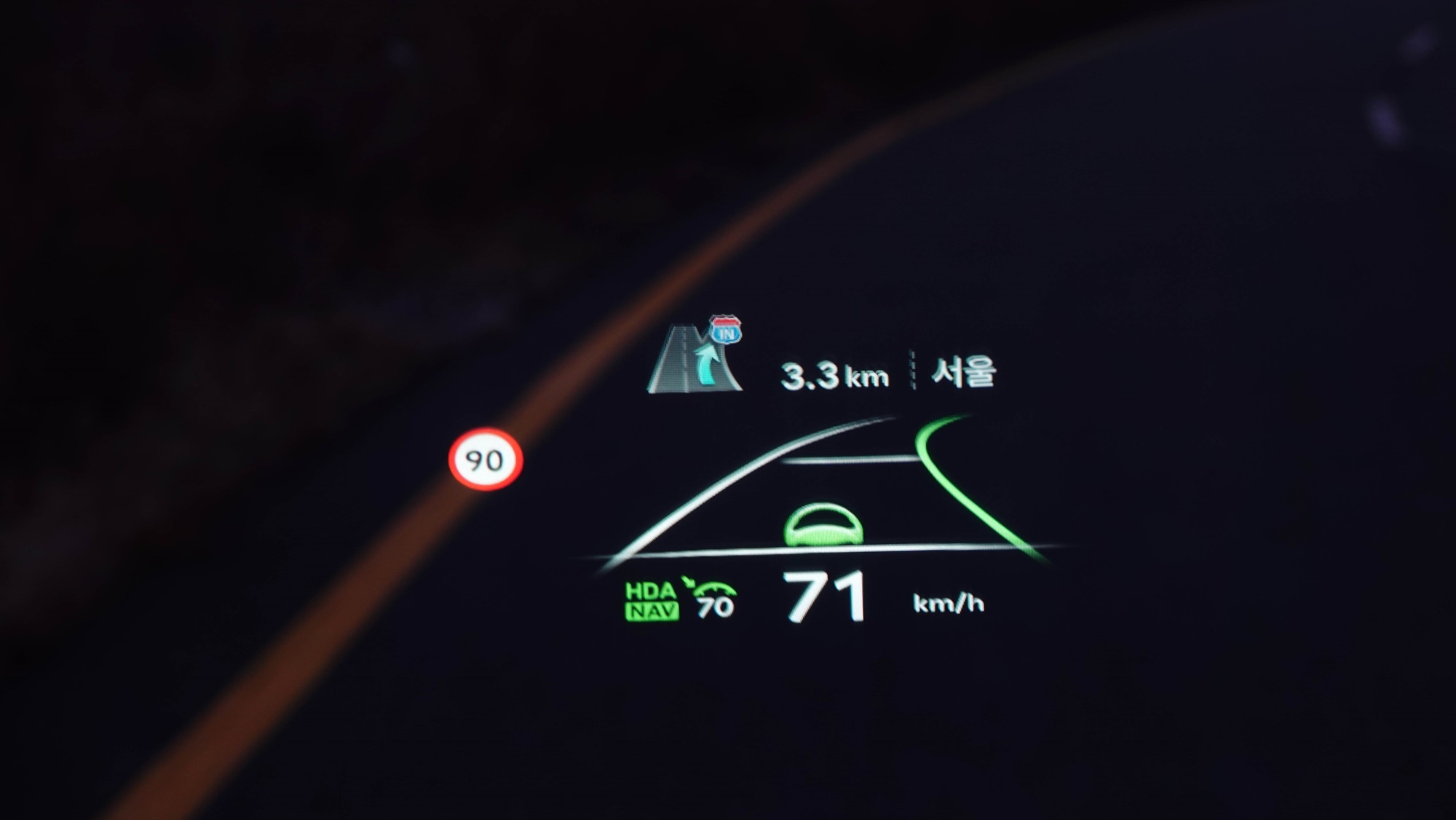
The AWD system elevates the suspension’s characteristics to a higher level, especially during high-speed driving, enhancing the vehicle’s stability. Given the colder temperatures and snowy conditions, the AWD’s reliability becomes even more crucial. Besides the eco, comfort, and sport driving modes meant for on-road use, there’s also a terrain mode for off-road driving, allowing options like auto, snow, mud, and sand selections, truly capturing the advantages of four-wheel drive.
While the design and power performance stand shoulder to shoulder with competing premium brands, the infotainment system distinctly outshines competitors, boasting high-quality voice command capabilities, digital keys, fingerprint authentication, and café pay functionalities—features not commonly found in imports. It sets a leading standard in the global automotive landscape.
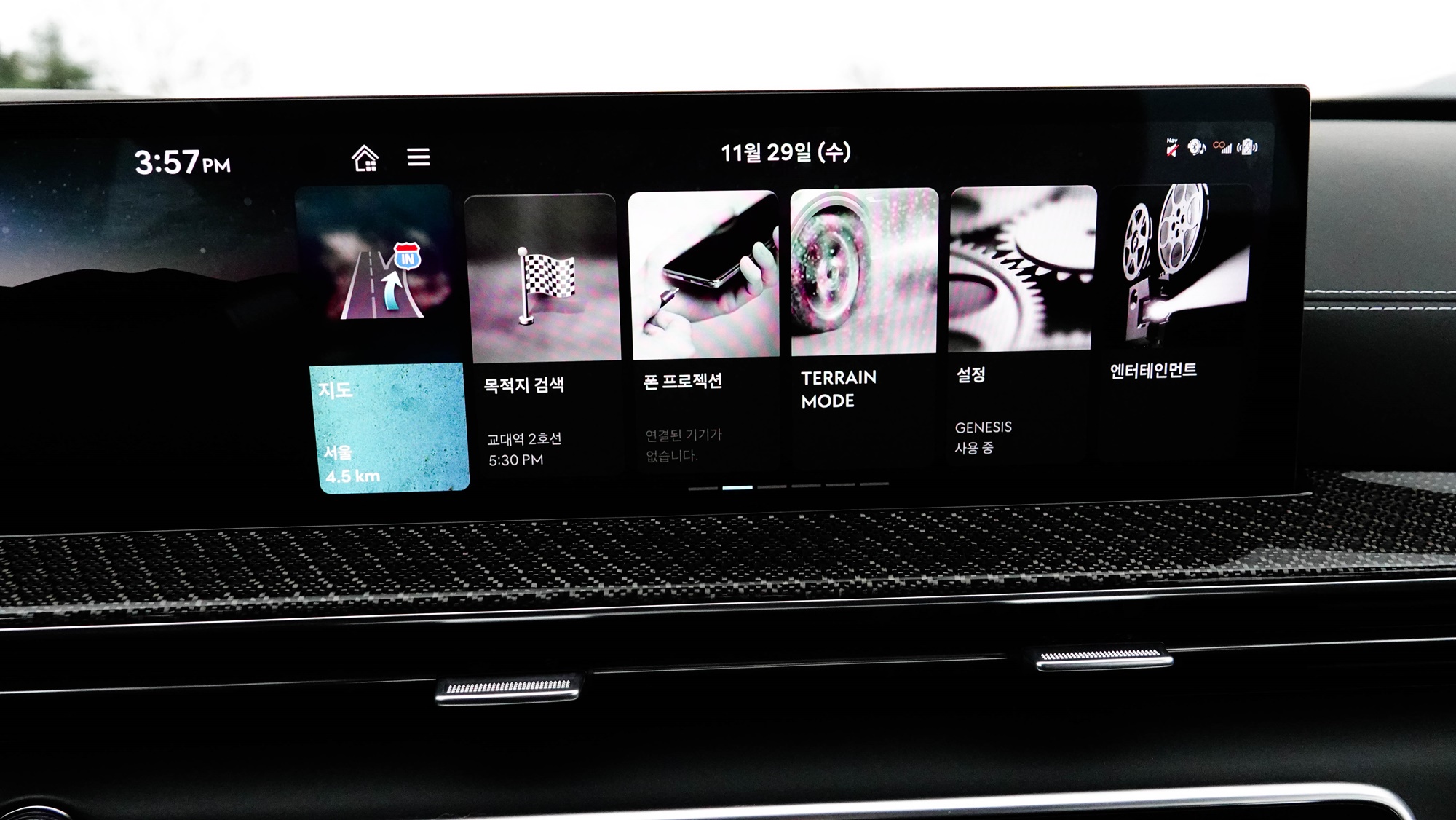
The lane-changing support system operates more reliably than before. If there is space to the left or right in the dotted lane, the vehicle will automatically change lanes when the turn signal is activated while the driver holds the steering wheel. From a legal standpoint, the driver must always have their hands on the wheel, so it acts as a supportive driver-assist system; however, in reality, the vehicle can shift lanes on its own while the driver momentarily eases their grip.
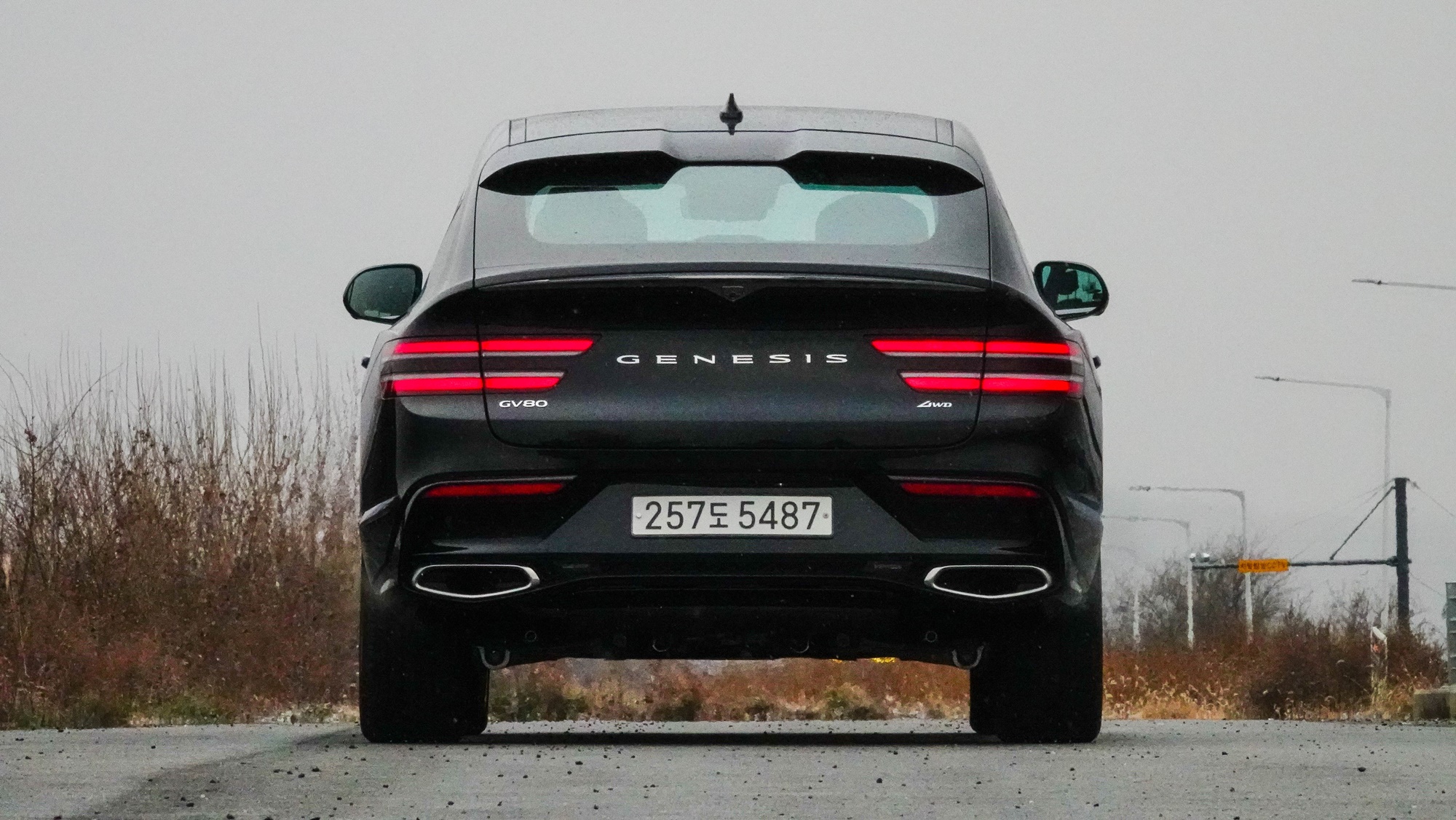
At 90 km/h, the vehicle marked 1,300 rpm with the eighth gear; at third gear, it hit 4,000 rpm. An eight-speed transmission enables quick speeds even at low rotations, positively impacting fuel efficiency. Naturally, increasing the rpms yield greater performance.
At 90 km/h, I applied the brakes firmly. The brake pedal engaged smoothly, deploying hazard lights automatically, and the seatbelt secured firmly, mimicking a gripping hold. Maintaining a horizontal position, the high-bodied SUV displayed remarkably stable posture throughout the braking process.
During a 55 km drive between Paju and Seoul, I monitored the fuel economy. The official combined fuel efficiency is rated at 7.8 km/L. Given its large capacity of 3.5 liters and considerable weight, it’s no surprise that it has a hearty appetite. Despite navigating through a Friday evening rush hour for an hour and 50 minutes, resulting in a distance of 55 km, the fuel economy averaged 9.4 km/L. Although not impressive in the double digits, it’s noteworthy that the fuel economy was still superior to official ratings even in heavy traffic.
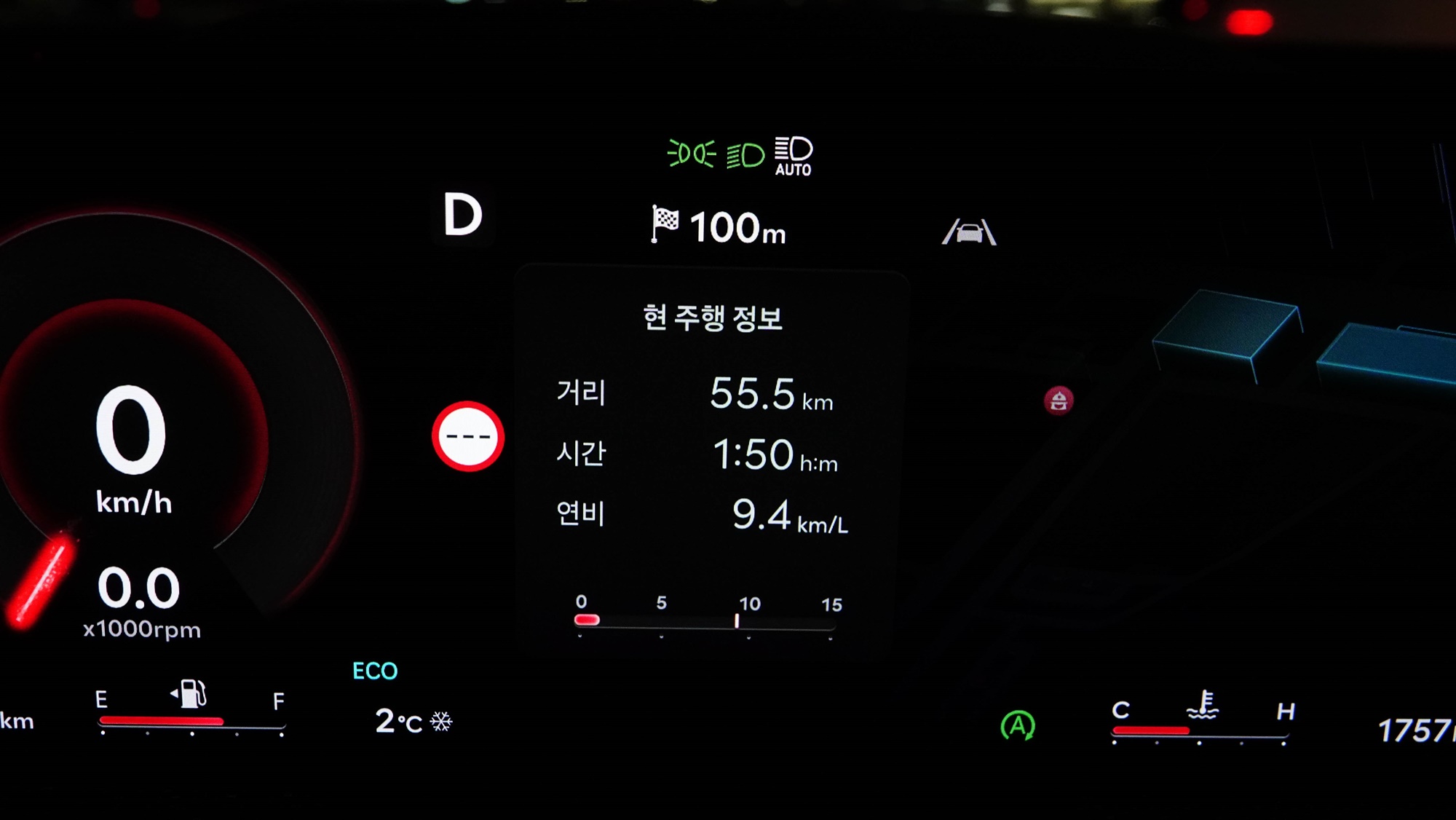
The selling price for the GV80 Coupe 3.5 Turbo is around 100 million Korean won for the fully optioned model. The basic price for the 2.5 Turbo starts at 82,550,000 KRW, while the 3.5 Turbo gasoline model can be obtained for an additional 4,200,000 KRW, totaling 86,750,000 KRW. AWD is a standard offering. Adding options such as glossy exterior finishes (free), matte finishes (700,000 KRW), 22-inch wheels and tires (1,200,000 KRW), Coupe Design Selection II (1,500,000 KRW), Popular Package (6,400,000 KRW), panoramic sunroof (1,400,000 KRW), Convenience Package (2,550,000 KRW), and Built-in Cam Package (850,000 KRW) can bring the total range to approximately 100,650,000 KRW to 101,350,000 KRW. A figure of 100 million KRW for the fully optioned model is a reasonable expectation.
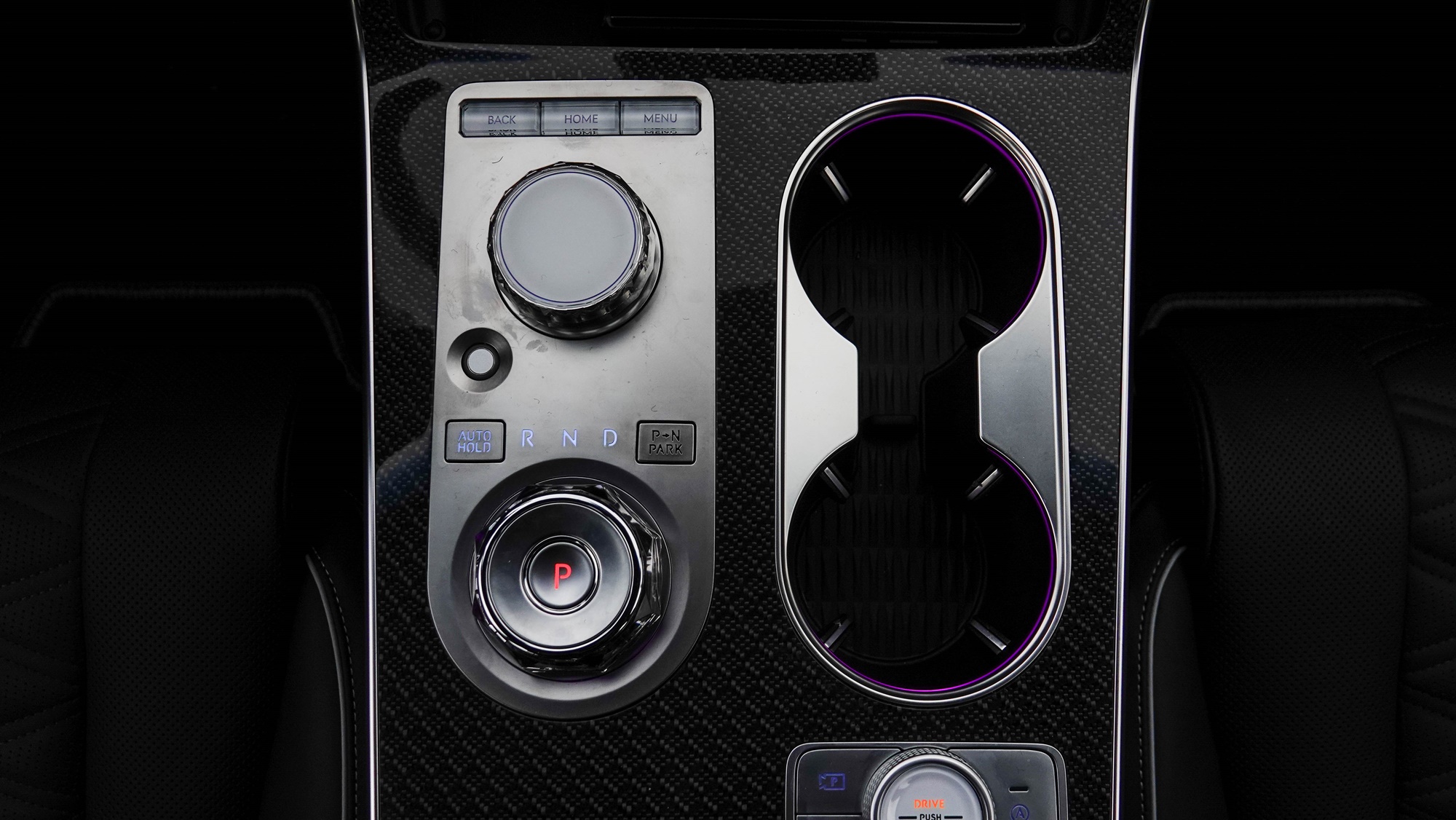
Honest Feedback from Oh Jong-hoon
Unfortunately, the voice recognition feature fails to activate with wake-up commands like “Hello Genesis,” akin to “Hey BMW” or “Hello Benz.” While it responds quickly to various requests like rolling down the windows or adjusting temperatures, it completely misses the wake-up phrase.
The gear lever and infotainment control lever are of similar round dimensions, raising potential operational errors. Additionally, the control lever above is uncomfortably lightweight, detracting from the sense of luxury expected. This area warrants a comprehensive redesign.
Oh Jong-hoon yes@autodiary.kr

